Innervisions by Stevie Wonder
Buy Innervisions Innervisions is an album themed on social issues, drugs, spirituality, and urban life by Stevie Wonder in 1973. Wonder did virtually everything on this album from songwriting to producing to playing […]
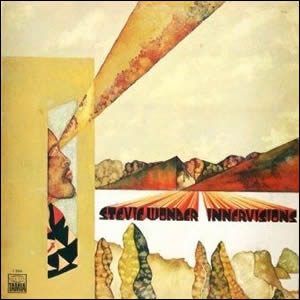
Buy Innervisions Innervisions is an album themed on social issues, drugs, spirituality, and urban life by Stevie Wonder in 1973. Wonder did virtually everything on this album from songwriting to producing to playing […]
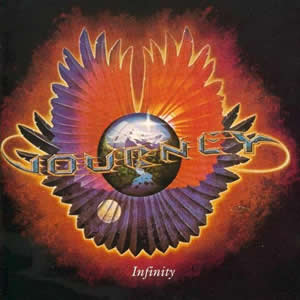
Buy Infinity The classic lineup of Journey came together for the album Infinity, released in 1978. Although this was the fourth overall album for the group that had been together since 1973, it […]
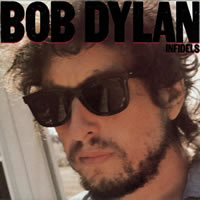
Buy Infidels In 1983, Bob Dylan released his studio album, Infidels. With this, Dylan received his highest critical and commercial success in nearly a decade. Still, through time, Infidels received criticism for not including […]
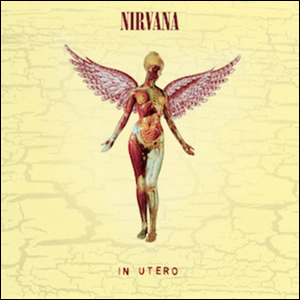
Buy In Utero Even though it was a phenomenal commercial success, all three members of Nirvana had expressed dissatisfaction with the polished production of their 1991 album, Nevermind. With this in mind, the […]
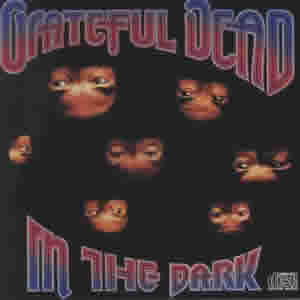
Buy In the Dark In the Dark was the first studio album by the Grateful Dead in over seven years (their twelfth overall) and was a comeback album on several levels. It was […]
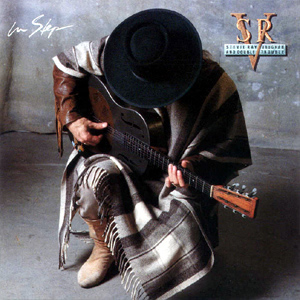
Buy in Step After a four year hiatus from recording, Stevie Ray Vaughan and Double Trouble finally released their fourth studio album, In Step in June 1989. The album’s title refers to Vaughan’s […]
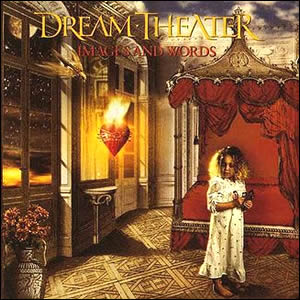
Buy Images and Words Images and Words is the second studio album by Dream Theater, released in the summer of 1992. It is the first to feature vocalist James LaBrie and is considered […]
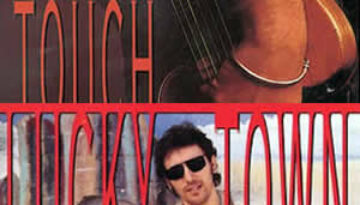
Buy Human Touch Buy Lucky Town The 1980s were incredibly successful for Bruce Springsteen, both commercially and critically. However, with the break-up of the E Street band in late 1989 and Springsteen’s relocation […]
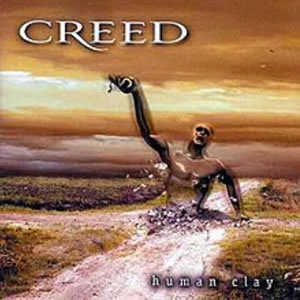
Buy Human Clay Human Clay is the 1999 second album by Creed, which built on the momentum of their fine 1997 debut to reach their climax of popularity. This #1 album was an […]
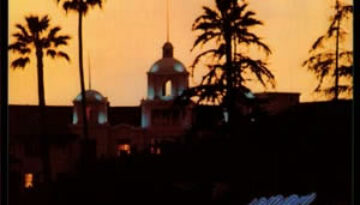
Buy Hotel California Whether it was done intentionally or not, Hotel California came pretty close to being a true concept album by The Eagles. The songs each loosely share the themes of paradise […]